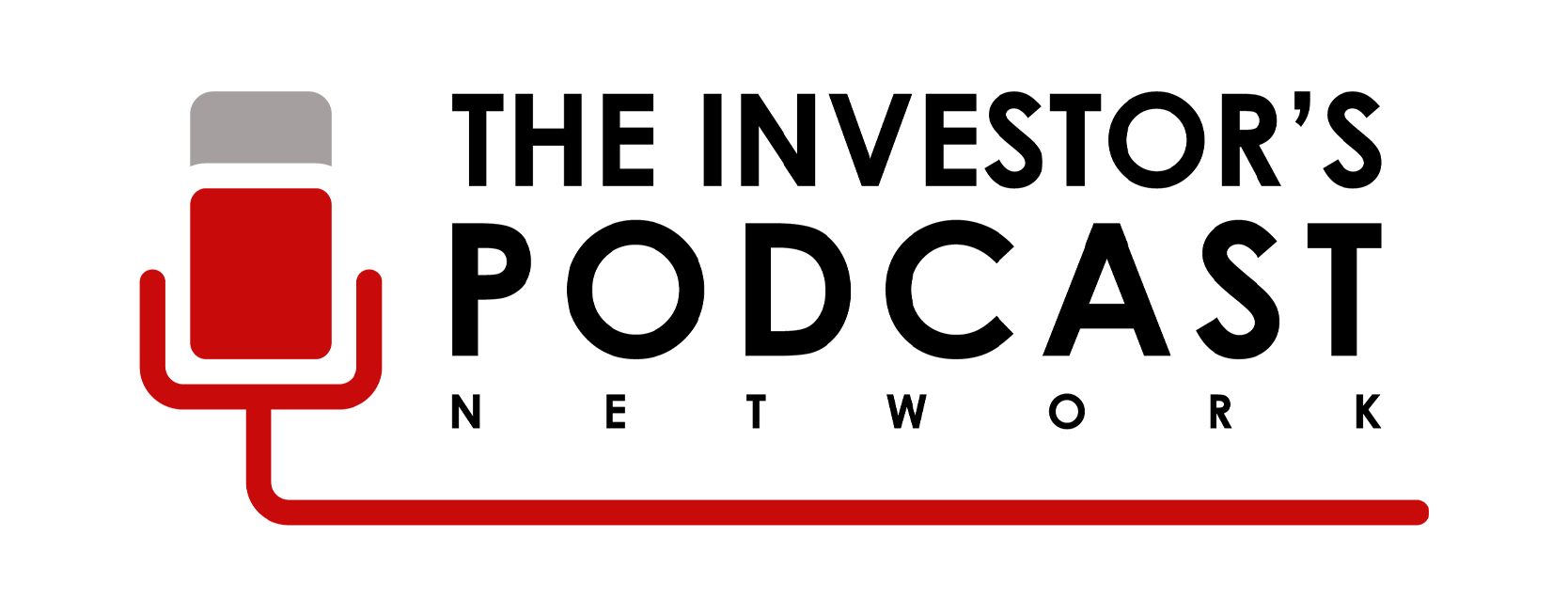You might be thinking, what if you’re living in India or you live in Australia, should I also be using the U.S. Treasury rate or should you be using a domestic rate instead? Well, we have to go back to the term “risk-free.” If you can see that either the Australian or the Indian Government always to be immune to obligations, then that is what you should use. You might have heard the rule of thumb that you should own the same percentage of bonds as your age.
Meaning, if you are 40, you should have 40% of your portfolio in bonds. If you’re 60, you should have 60% in bonds. It’s based on the idea that the older you get, the more you need fixed payments, and you cannot stand the volatility to the same extent. While there is some truth to that, I don’t think we can really use that rule as a fixed rule because we have to know the expected returns we can get from bonds and stocks before we can make that decision.
So, let’s talk about the yield of bonds first. I would like to show you this page. The way to read this page, and it’s completely free by the way, and I’ll link to it in the show notes. You can see here that depending on how long you’re willing to commit your money, you can see which return you can expect to get. The question is: Is the return satisfactory for you? Well, if you plan on living on a stable income and that is sufficient for you, there’s absolutely no reason why you shouldn’t be holding a bond for the next 30 years. However, if you’re looking to maximize your returns, you should be aware of the interest rate risk you incur. If the rates go up right after you’ve bought your bond, the value of that bond would be less. We’ll talk about that later but let’s take a look at the yield of American stocks here.
This page shows you the Shiller PE. The Shiller PE is a good indicator of how much the expected return is of the stock market. It’s looking back at the past ten years and then compared to how much are you paying for that earnings today. The way to calculate the expected stock return is simply by dividing the current Shiller PE up into one, and you have your expected return. So, what you now need to consider is: Would I take the risk of the current stock market with the potential downside? Of course, you also have potential upside. And then compare that to the steady stream of cash you would get from a bond. And if you’re a bond investor, assuming you don’t need the cash inflow from the recurring coupon payments, would you be willing to take on the interest risk? As you can tell, it’s not easy to give you a rule of thumb.
It really all depends on you as an investor — what you prefer, where you are in life, and if you do need that steady stream of coupon payments from the bond. If you do need the steady stream of coupon payments, I do recommend that you watch Lesson 4 in this course series about Asset Allocation where I talk about dividend stocks, and you can then compare dividend stocks to the potential yield you can get from bonds.
Also, please keep in mind that for both stocks and bonds, the expected yields keep changing. So, make sure to regularly check up on the numbers before making a decision about how to allocate your portfolio. The next thing I’d like to talk about is the correlation between stocks and bonds, or perhaps said better, the negative correlation between stocks and bonds. One of the most important arguments to why you want both stocks and bonds in your portfolio is that when one asset class performs poorly, the other asset class typically performs well.
This was best exemplified during the financial crisis in 2008, where stocks dropped 37% while bonds went up by 42%. They do not always have a negative correlation. Though, if you look over decades, there was a strong relationship that that is what will happen over time. You can think about it like this: When the stock market crashes, The Fed cuts rates rapidly to hold a hand on the stock market and the general economy. When rates are cut, the current holders of long-term bonds are similarly rewarded with the higher value of the bonds since everyone in the marketplace can now get a lower rate while you have a higher rate on your bonds.
To provide more context to the mechanism behind stocks and bonds, consider this. The interest rate is the price of money, so to speak, and when you have an economic crash, you’ll see that money suddenly become scarce. We all want to protect the council that we have. That is regardless if we’re individuals or if we are corporations. But it’s not good for the economy as a whole. So, the Fed will create money, so to speak, by lowering the interest rate and incentivize all of us to borrow money and spend it on consumption and reinvest the money we have to keep the wheels turning in the economy again.
All right guys, that was my thought process about how much stock and how much bond to allocate in a portfolio. I hope you find them useful.




